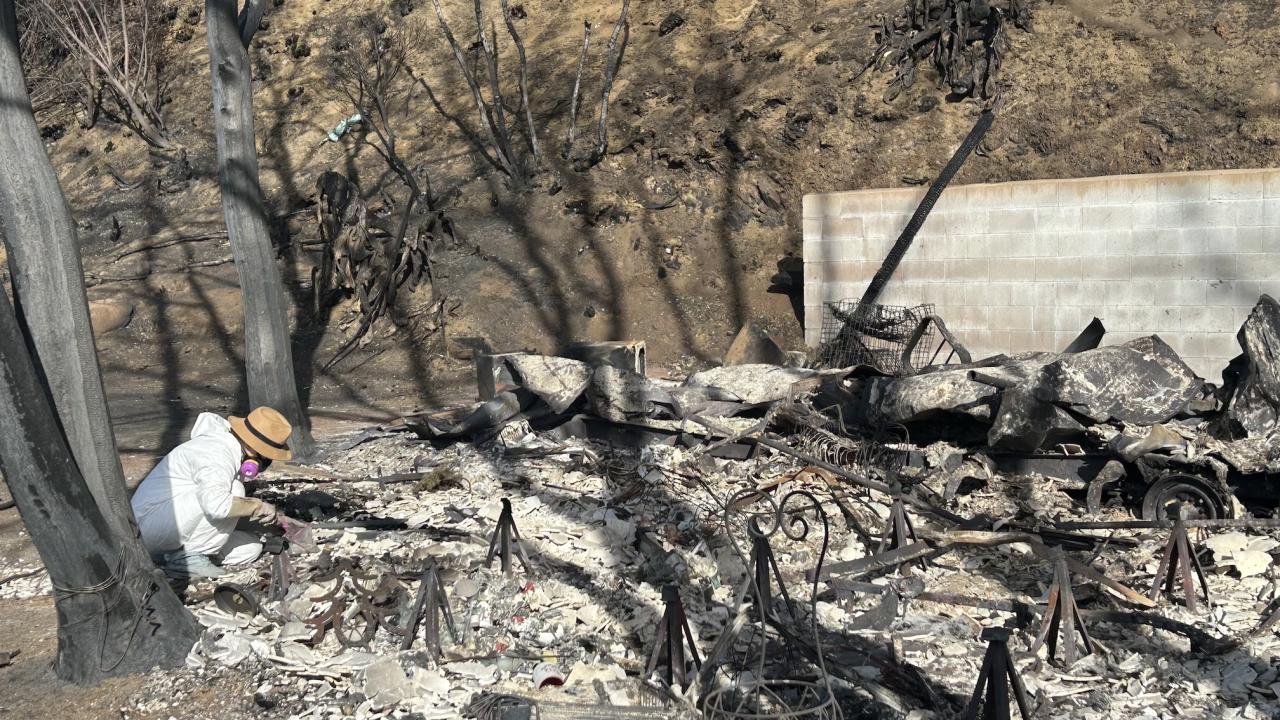While the fires that devastated Los Angeles in January are now contained, scientists from across the state and nation are working collaboratively to understand the wildfires’ impacts to air quality and human health.
From onsite air and ash sampling to mobile monitors and remote data collection, members of the UC Davis Air Quality Research Center (AQRC) are involved in a range of research activities to understand the extent and impacts of lingering smoke, ash and toxins.
Toxic metal monitoring
Members of the public can now access raw, real-time data related to toxins released by the Los Angeles fires, including lead, chlorine and bromine, on the Atmospheric Science and Chemistry mEasurement NeTwork, or ASCENT.
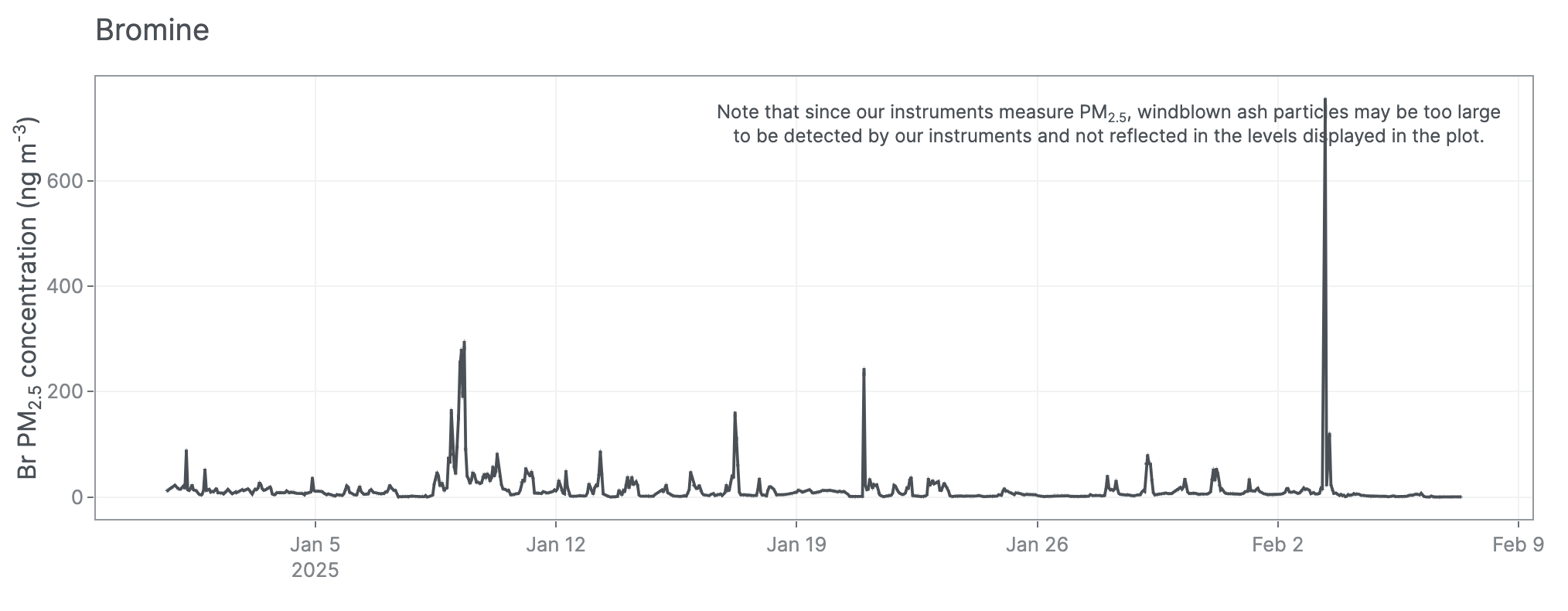
ASCENT is a national air quality measurement network supported by the National Science Foundation. The network is gathering measurements of atmospheric particle composition at three sites in Southern California — Los Angeles, Riverside and Joshua Tree National Park. The data reveals high levels of chorine and lead particles from the fires.
UC Davis Air Quality Research Center associate director of software and data Sean Raffuse is developing the data infrastructure for ASCENT, while Ann Dillner, associate director of analytical research, helps lead its management team.
The data is preliminary and, prior to the fires, was not publicly accessible.
“However, demand for the data from the concerned public was high, so in late January, we quickly released a site with access to the raw, real-time data,” Raffuse said. “Since then, the website has had steady traffic.”
Sampling air and ash
Through February, four samplers set up by AQRC researcher Nicholas Spada are collecting airborne particulates, such as ash, smoke and smog, in Santa Monica, Hollywood, Pasadena and West Hills. These samplers will capture air quality data before and after fire cleanup activities, which are expected to kick up dust and other particles.
In January, Spada collected surface samples with graphite tape strips for electron microscopy. His colleague, Ira Leifer from UC Santa Barbara, drove a mobile monitoring truck to measure gasses and particle size. This can indicate how deep into the lung particles can reach. Meanwhile, community partners Parents Against Santa Susana Field Lab collected ash samples from burned and unburned homes in the Pacific Palisades area.
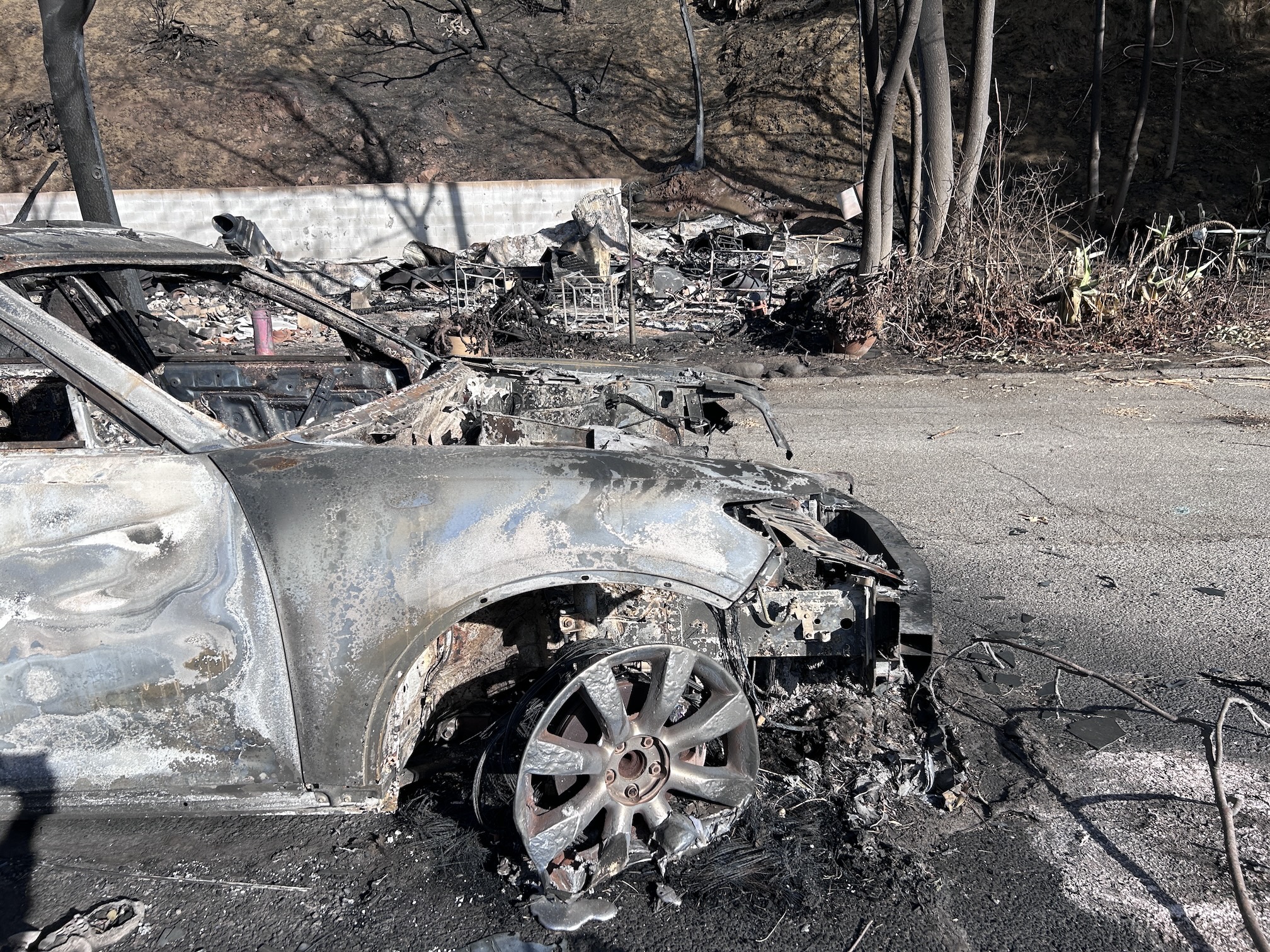
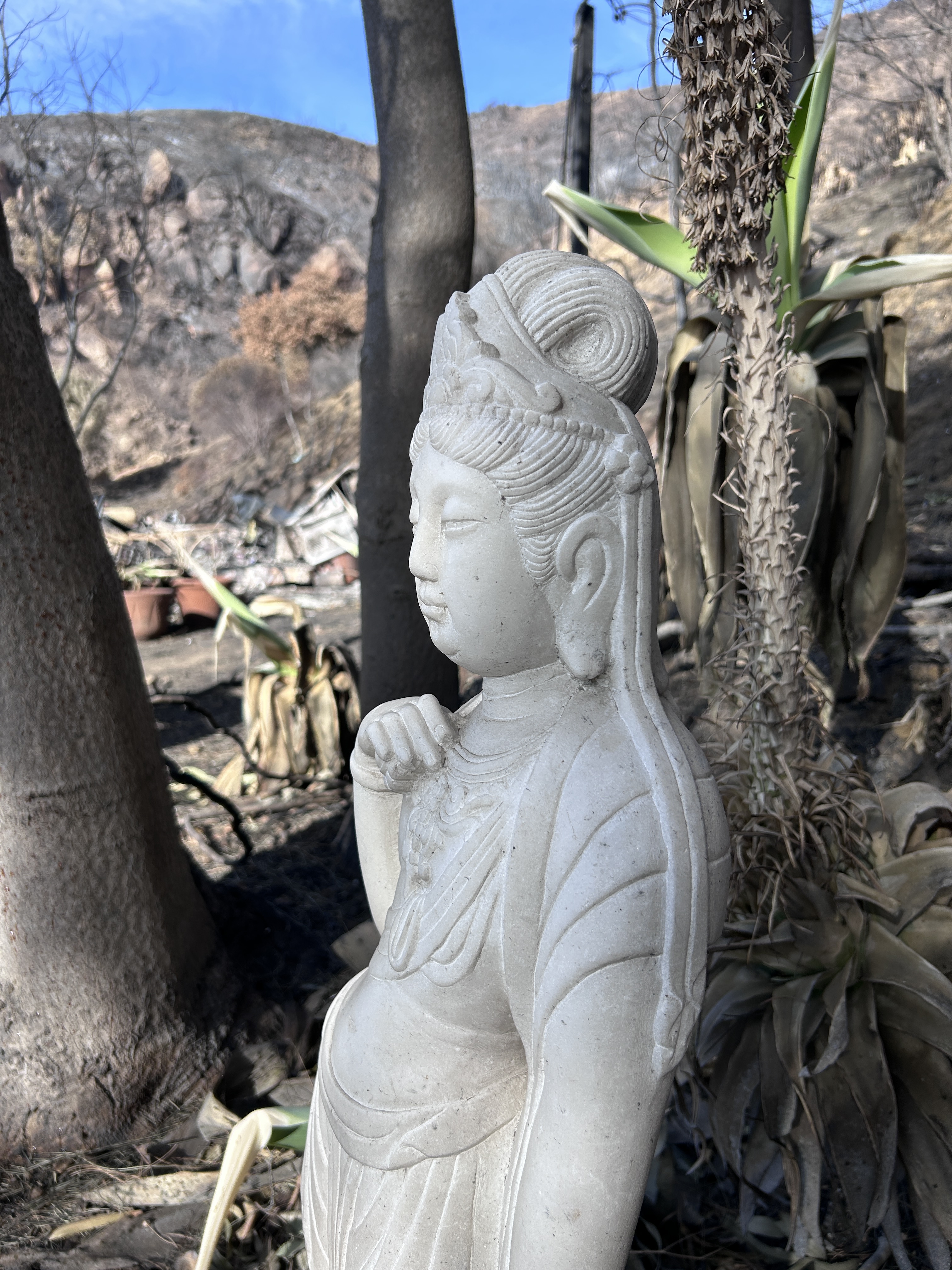
The airborne samples will be analyzed this month using UC Davis’ proton beam at the Crocker Nuclear Laboratory. The UC Davis’ Advanced Materials Characterization and Testing Lab will examine the tape strips. Spada’s colleague Mohammed Baalousha with the University of South Carolina will analyze the ash samples for unique and sensitive metals.
The researchers aim to learn what toxins were emitted at various stages of the fires — at inception, while they were being fought, while they still smoldered, and during cleanup. They also expect to find what toxic metals are present in the ash at the burn areas and those transported downwind.
“We’re finding that exposure in the burn areas like Altadena are hazardous,” Spada said. “I’m still hopeful the data from the downwind areas of LA is a boring data set.”
Quantifying the toxic species in airborne particulates and ashes can help government agencies understand exposure risk for people conducting cleanup and for people downwind, as well as inform recommendations for protective equipment and masking, Spada said. The research could also aid discussions around new building codes to better protect people against wildfire pollution in urban landscapes.
On-the-go sampling
UC Davis Professor Michael Kleeman drove downwind of the Eaton Fire and deployed a mobile monitoring platform when the wildfires were active. The platform collected samples to measure gas-phase compounds back at the lab. It also had several real-time instruments to measure particle concentrations, such as particle phase black carbon. The lab is still analyzing the data.
“More than 16,000 structures burned in the fires, and so we are looking for potentially toxic compounds from burned building materials in the air samples,“ Kleeman said.
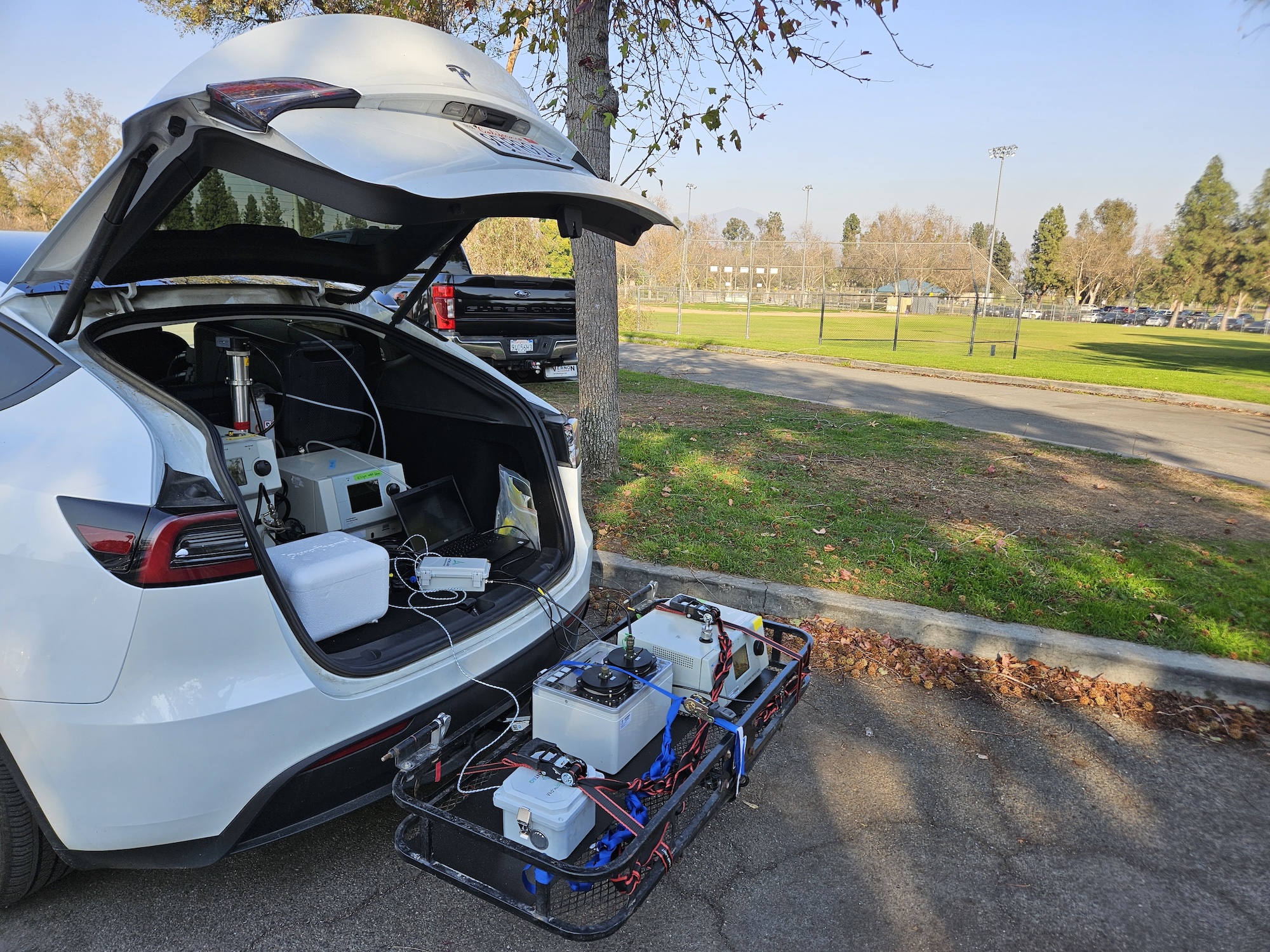
PurpleAir gaps
After the fires, burned air quality sensors and a lack of power and internet in affected neighborhoods meant that go-to public air quality sources like PurpleAir were largely unavailable.

“People in LA are watching the PurpleAir and OpenAQ networks to see when and where the air quality is good, but finding no data in these areas,” said Anthony Wexler, director of the AQRC and a professor in the School of Engineering.
To help fill the gap, Wexler is working with collaborators at Harvard to build 10 autonomous PurpleAir systems to be installed in Southern California.
The systems consist of a Starlink internet connection, solar/battery power and a PurpleAir sensor, all mounted on a tripod. Air Quality Research Center engineer Christopher Wallis built the first prototype this past week.
The research is part of a 10-year, multi-institutional study to understand the health impacts of the LA fires.
Firefighters and cancer
Cancer is the leading cause of death among firefighters, who are routinely exposed to carcinogens and other pollutants through their work. UC Davis Comprehensive Cancer Center Researcher Shehnaz K. Hussain is leading a study into the cancer risks facing firefighters.
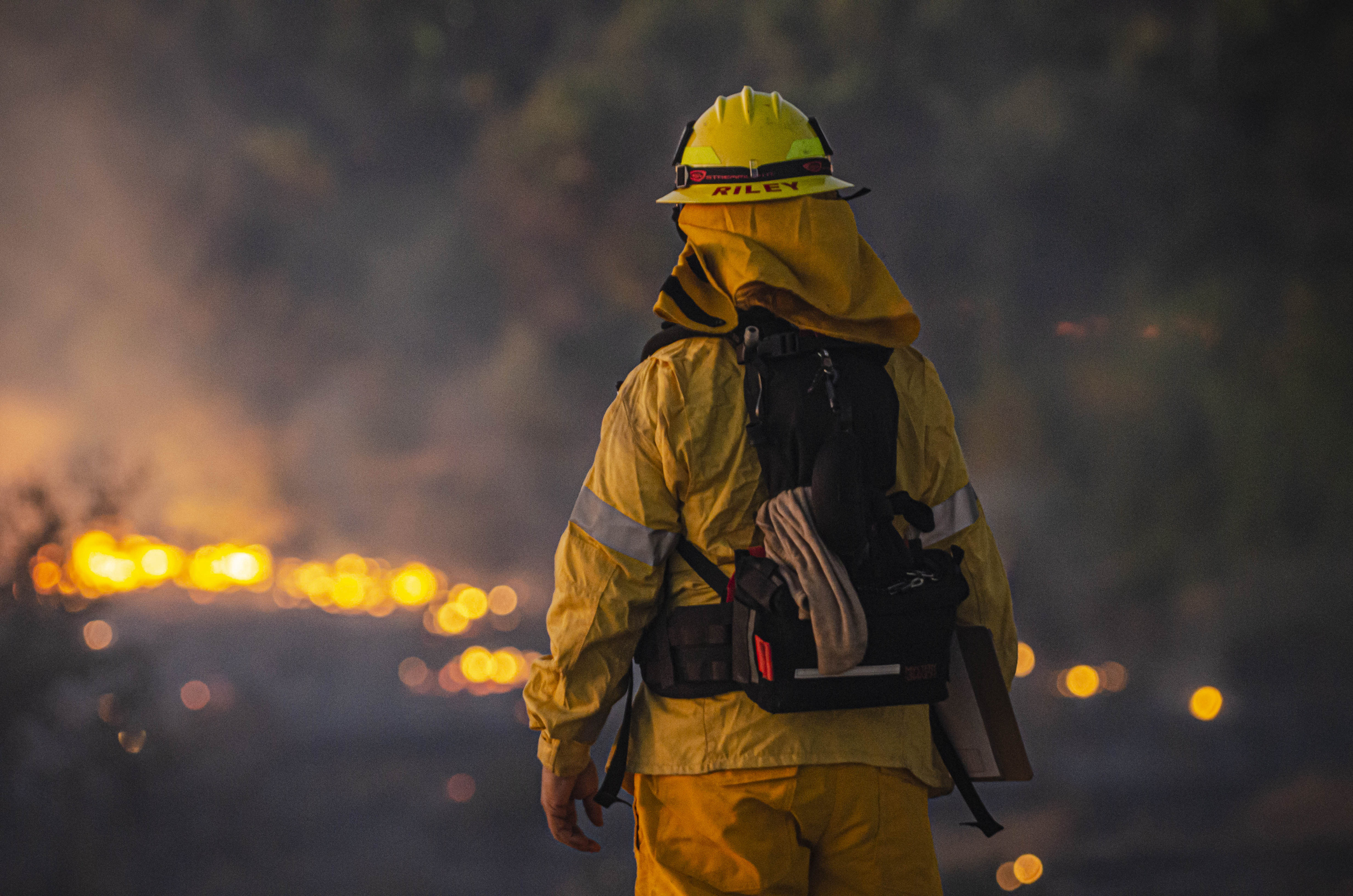
The Eaton and Palisades Fires in January caused unprecedented destruction and toxic exposures for responding firefighters. More than 7,500 firefighters spent multiple days and weeks battling the fires amid heavily contaminated environments as burning structures, vehicles and their contents combusted, releasing toxic compounds through the air and falling ash. Air samples showed high levels of lead and arsenic more than a dozen miles downwind of the Eaton fire, according to the South Coast Air Quality Management District.
“To address this emergency, our team rapidly deployed a research protocol and team to assess the presence and levels of carcinogens in environmental samples taken at the front lines of the fires,” said Hussain. “Furthermore, seven days following the start of the fires, our team began to enroll firefighters from fire departments that participated in the initial attack on these fires into a study involving blood collection and questionnaires.”
About 500 firefighters are currently enrolled in the study. Hussain said that monitoring biomarkers of exposure and effect in firefighters who experienced extreme doses and duration of toxic exposures can provide key insights into the impact of such catastrophic events. It can also inform recommendations for post-fire cleanup and reentry guidelines for affected communities.
Media Resources
Kat Kerlin, UC Davis News and Media Relations, 530-750-9195, kekerlin@ucdavis.edu
